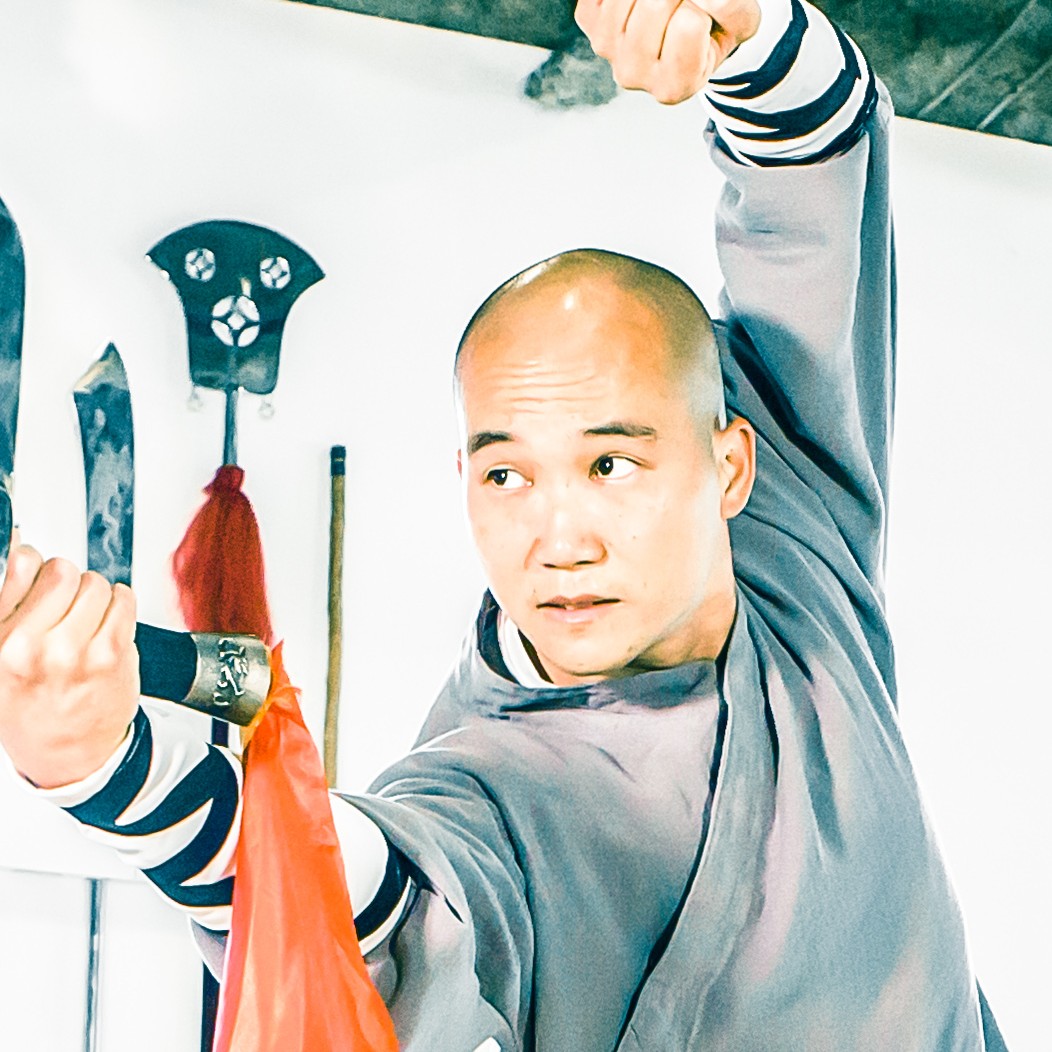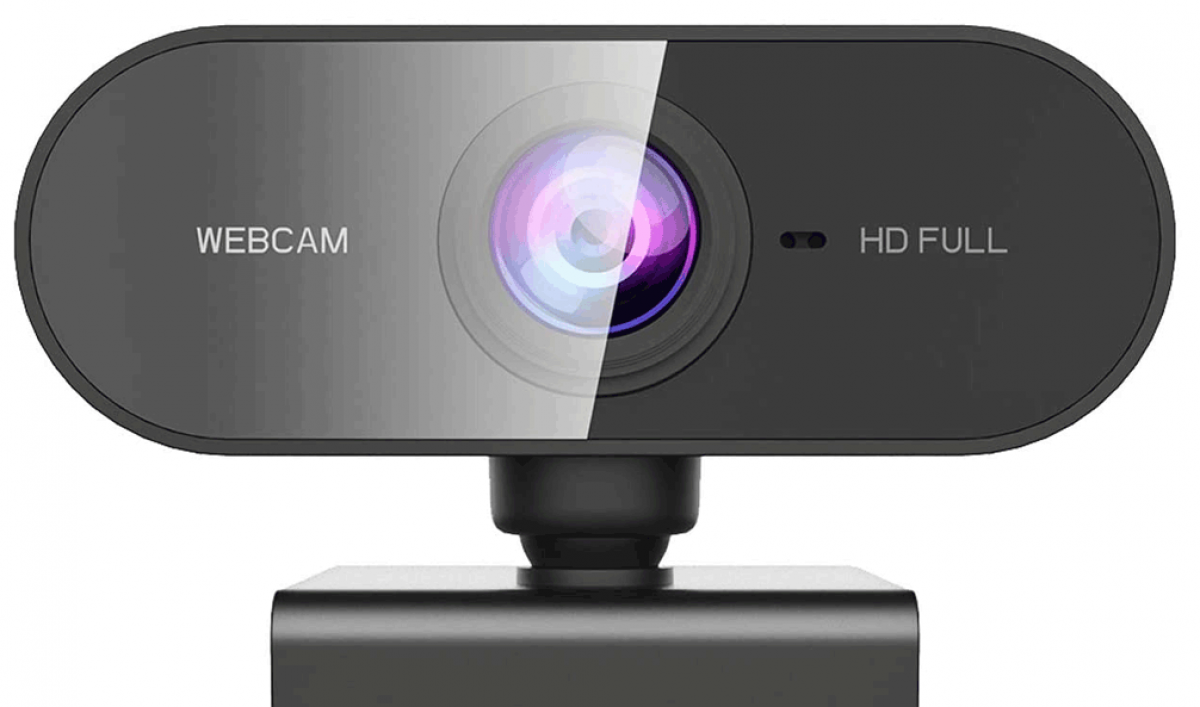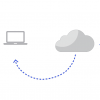How to Have a Great Webcam Setup for Virtual Martial Arts and Qigong Classes
Any webcam can get you started on Virtual Classes, but have you thought about the ideal setup? Here are some things to consider if you are looking to buy or upgrade a webcam.
Field of View
Perhaps the most important feature is the Field of View or Viewing Angle. This is the viewable area that can be captured by the camera and for students, it's important to show your whole body so that your teacher can give you the best instructions. Meanwhile teachers need to be able to effectively show the whole body so the student can learn better.
The ideal Viewing Angle will depend on how far away you are from the computer screen and your height. Ideally, it needs to cover your whole body from your feet to your hands (with your arms straight up).
At 5’6” tall, an 80 Degree Viewing Angle is sufficient if you are training 10’ away (there would be a slight clippage of your hands or feet so training a little further away at 11’ to 12’ is better).
If you are 9’ to 10’ away then you’ll need a 90 Degree Viewing Angle.
You can be as close as 6’ to 8’ with a 100+ Degree Viewing Angle.
Video Resolution
An HD or 1080p (High-Definition) camera will have a 2 Megapixel sensor giving you a capture resolution of 1920x1080 pixels and 30 frames per second. This is pretty standard today although some models will say HD but then only give you 720p (1280x720 pixels).
720p is still sufficient for training but a lot less detail is captured. Most older laptops with a built-in webcam are probably 720p. The advantage of 720p is that it takes less Internet bandwidth to transmit, so if you have a slower Internet connection then 720p would be ideal.
A 4K camera would probably be overkill for Virtual Classes and will require much greater bandwidth to transmit (and receive).
Microphone
Audio quality is important for the teacher who needs to speak frequently. The clearer and crisper the voice, the better to hear and interpret. A poor microphone delivers audio that requires extra interpretation by the brain which can actually make you feel more tired.
Many webcams on the market today have a built-in microphone. Make sure you buy one with Noise Cancelling so that ambient (low-frequency) noise is automatically removed, giving you clearer speech.
Some webcams come with stereo microphones (i.e. has 2 microphones - one for the left channel and one for the right channel). It’s not that useful for voice but your sound will be more natural.
For teachers: you'll ideally want to have a separate microphone that can deliver good quality sound even from a distance. Except to shell out around $100 for a good microphone.
Low Light Quality
The quality of the video capture in low-light conditions is really where the difference is in the price of webcams. Most webcams under lower light conditions will generate a poor image/video quality with lots of ‘image noise’ when brightened. If you have a lot of ambient light in your room then this won’t be much of an issue.
A webcam designed to handle low-light will have an upgraded sensor and/or higher aperture lens at F2.0 or lower.
Teachers will want a webcam that can handle low-light. It gives a much better picture and looks more professional overall.
Auto-Focus
Auto-focus is necessary if you have a high aperture lens (e.g. at F2.0) because those lenses will create a blurry background when focusing on you up close.
Auto-Focus isn’t all that necessary for students unless you need to constantly go up close to the camera to show some particular detail of your hands for example. You don’t want to have to keep fiddling with manual focus controls.
Teachers will want the Auto-Focus feature as likely there is a frequent need to show up-close details.
Built-in Ring Light
Some webcams come with a ring light built-in. The light is not that bright but is useful if you are within 3’ of the webcam. For training purposes it’s not going to be much use. It’s better to invest into room lighting.
Adaptability, Compatibility, and Portability
Being able to move and connect the camera to different computers is a nice feature especially if you are travelling a lot and want to be able to borrow someone else’s computer or switch from a desktop computer o a laptop. This is pretty standard today and most modern webcams use a USB connection and are compatible with PC and Mac.
The ability to position the camera however is pretty important. A good webcam can be placed on a table or clipped onto a display screen or laptop. One feature that is often missed out is the ability to connect the webcam to a tripod. This usually means it has a hole at the bottom with a ‘1/4-20 UNC thread’ (the standard for webcams and webcam stands).
Adjustable/Flexible Camera Stand
An Adjustable or Flexible Camera Stand is a must for teachers and highly recommended for students. It has a ‘gooseneck arm’ that enables you to easily position the camera anywhere. It comes with a desk mount clamp so you can secure it on most tables.
Some Flexible Camera Stands also come with an LED ring light on a separate ‘gooseneck arm’ which can considerably improve your image quality.
You can also consider a tripod but it may tip easily or require more space to setup.








 Written by Master Dao on Wednesday, December 23, 2020
Written by Master Dao on Wednesday, December 23, 2020





 YouTube
YouTube Instagram
Instagram Facebook
Facebook Discord
Discord